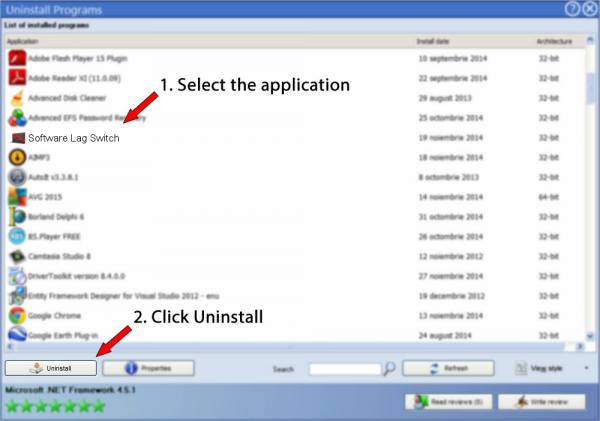

So let’s lay things out on syntax between the two switch variants on how to setup LACP LAGs on each. Create LACP LAG between Extreme and Enterasys switches Let’s take a look at some of those challenges I ran into to create LACP LAG between Extreme and Enterasys switches. Between Enterasys and Extreme, there are vast command line differences in the CLI and I ran into a couple of challenges with the LACP LAG formation between the two. The core switch was an Enterasys chassis switch and the 10G switch being added was an Extreme 圆70 top of rack switch with 48 ports of 10G uplinks – so a nice capacity upgrade. Another ESXi host was being added to scale out a VMware cluster for capacity which meant (2) more 10G ports which exceeded capacity of the core switch.

A late breaking project I was involved with recently with a client was adding 10G port count to an environment that had simply outgrown the number of 10G ports that were being used.


 0 kommentar(er)
0 kommentar(er)
